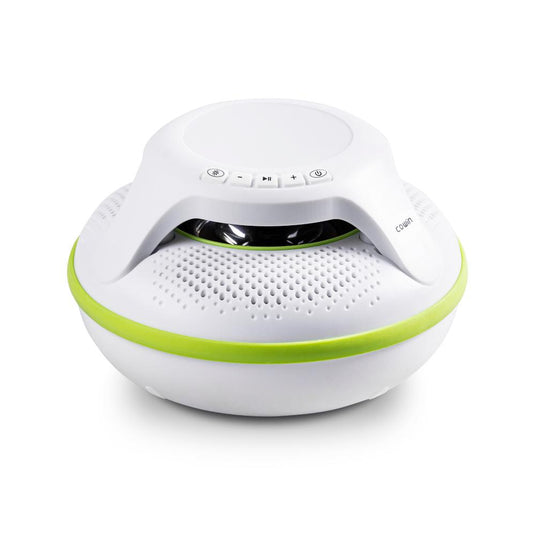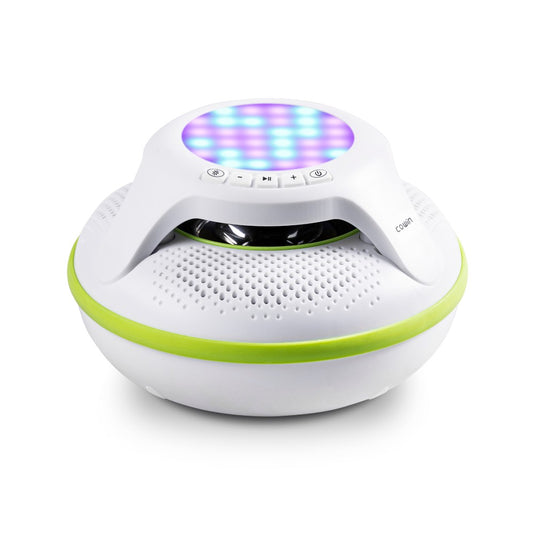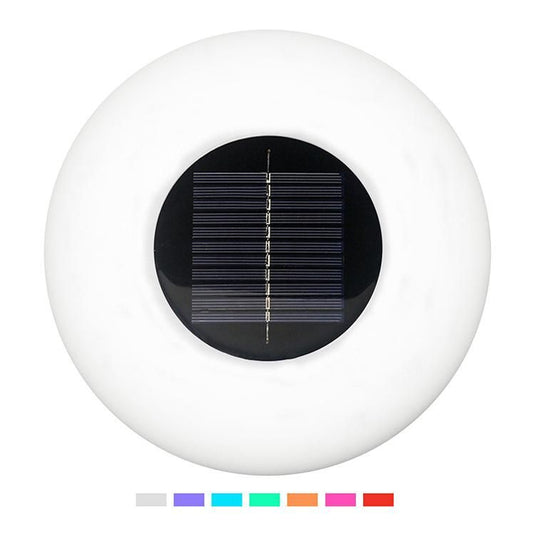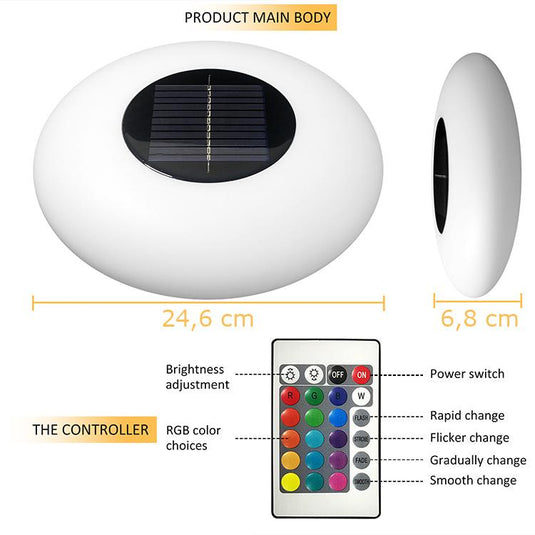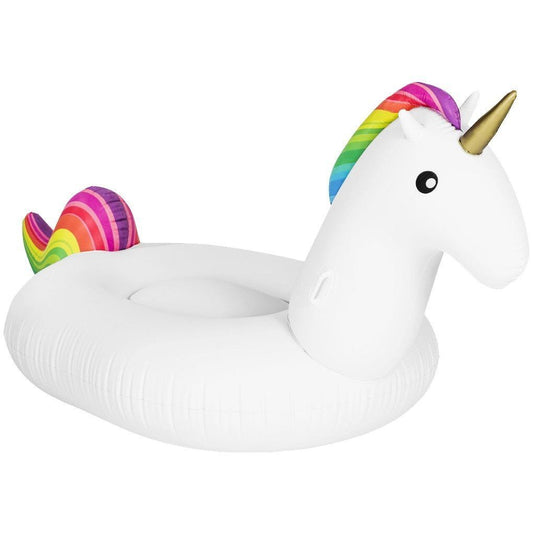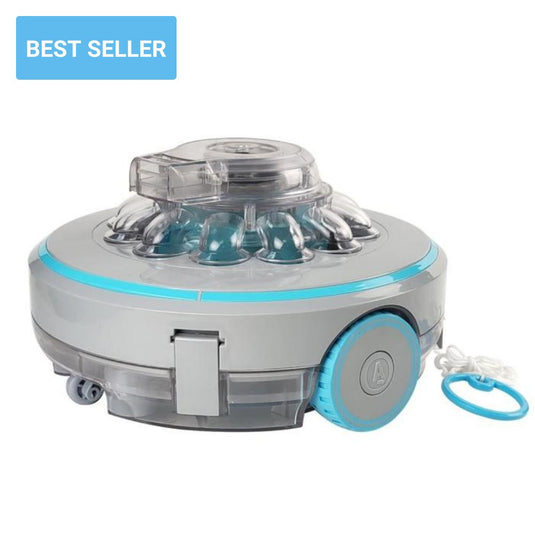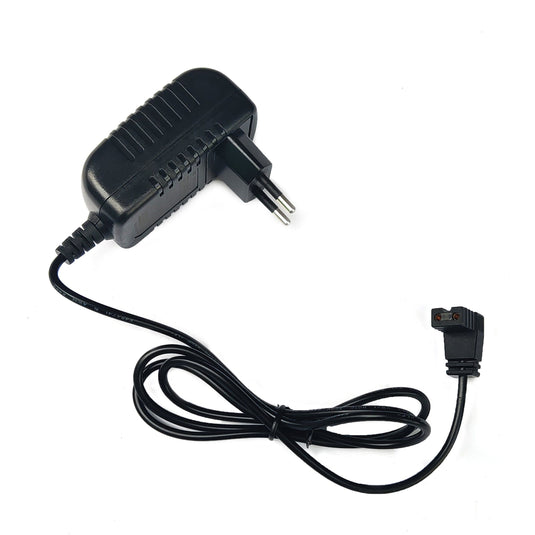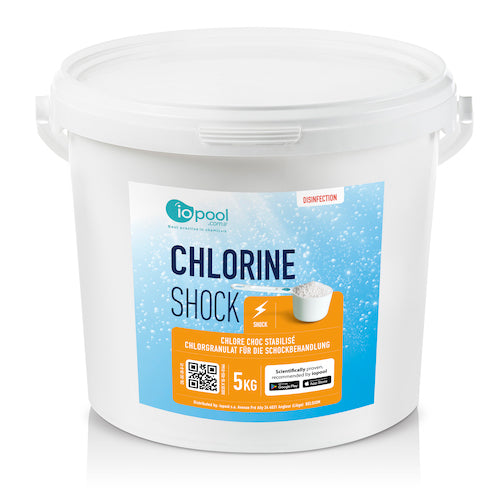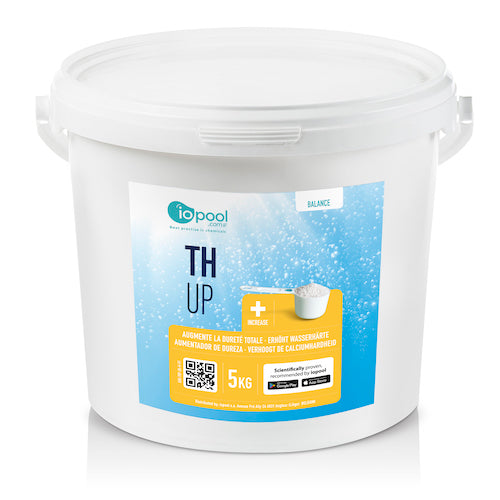Keep Your Pool Safe for Everyone
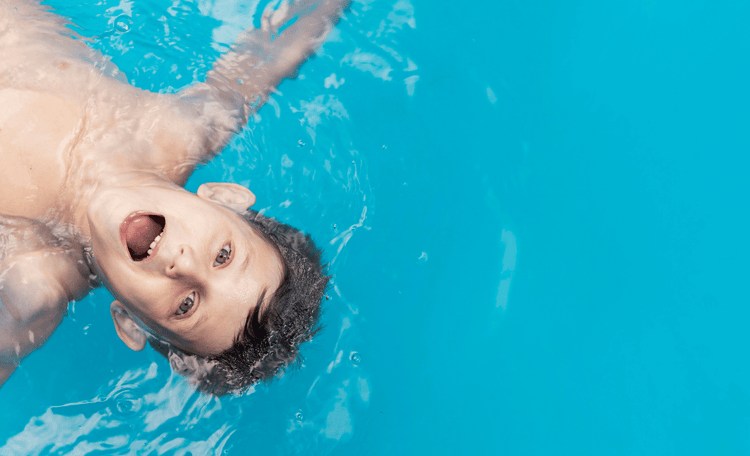
Pools can have a magnetic pull on children and toddlers—even when it's not swimming time. But leaving children near unsupervised pools can have tragic results. That's why it's essential to be extra vigilant about kids and swimming pools. This quick guide covers how you can secure your pool and prevent any occurrences.
1. Pool Covers
Pool covers are a popular choice for many pool owners. They're widely available, easy to install, and affordable. Most importantly, they're great for providing safety. Most covers are strong enough to bear an adult person, making them ideal for protecting children.
Despite their strength, pool covers aren't 100% childproof. They effectively keep children out of the pool when it's closed. However, they are ineffective when they're left open...
So if you opt for a pool cover, you must keep children under close supervision. When adults are not around the pool, lock the cover in place.
Solid covers are the safest option. Mesh Covers, for instance, are great.They can hold the weight of an adult, so your child has little chance of breaking through it.

2. Fencing/Gates
Sometimes a standard cover may not fit a large or irregularly shaped pool—that's where a pool fence comes in. A fence serves as a 5-foot barrier between children and your pool.

Pool fences are available in various materials, such as glass, metal, and mesh. Some models also have self-closing locks, so you won't have to worry about forgetting to close the gate. You can also purchase a gate alarm for additional peace of mind and security.
One disadvantage of pool gates is that they must be installed by a professional. So, there's no option to go the DIY route. Additionally, the pool fence and installation can be costly for some homeowners. The average cost of a pool fence is around $6,500—including installation. However, we'd say that the safety and reassurance outweigh the cost.
3. Swimming Pool Alarms🚨
A backup measure for keeping children safe near pools is through an in-pool or wearable alarm. Wearable alarms are wristbands that detect when a child has been submerged. For example, an in-pool alarm floats in the water and screeches if someone or something falls in.
Some pool alarms even have the option to sync with mobile devices. So if there is any activity near your pool, the app will inform you.
Another type of alarm uses an infrared light beam to detect movement around your pool, and the alarm sets off if the beam is broken. This kind of alarm gives you a warning before a child falls into the water.
4. Additional Safety Tips
Regarding children and pool safety, there's no such thing as being over-prepared. The methods we've mentioned help prevent accidents, but you can also implement a few extra safety precautions.
Here are tips to help make pool time safe:
- Learn CPR—It's an essential lifesaving procedure to know just in case of an emergency.
- Do not leave toys in the pool—When you're done swimming for the day, remove toys from the pool; children may jump in the pool looking to play with them.
- Ensure your family knows how to swim—According to the American Academy of Pediatrics, formal swim lessons can reduce the likelihood of childhood drowning death by 88%.
- Don't rely on floaties—Floaties can sometimes provide a false sense of security. Therefore, always supervise children even when they're wearing floaties.

